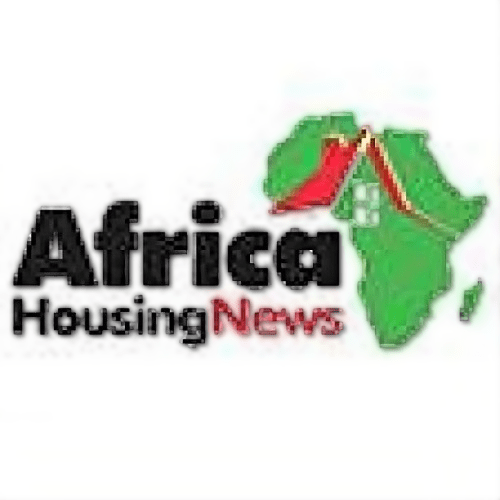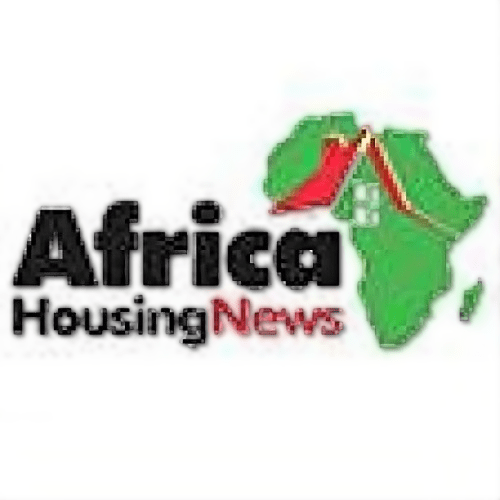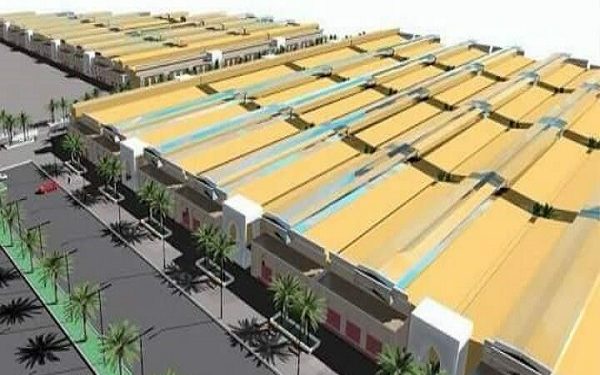While property owners in Kano Nigeria’s most populous state are smiling to the banks as the value of their real estate continues to rise, low-income earners are increasingly burdened by soaring rents and are now searching for affordable housing options to meet the basic need for shelter.
Experts say the rising cost of building materials, provision of infrastructure such as access roads, and the general inflationary trend have all contributed to the steady increase in property prices across the state.
This report highlights five areas within the commercial hub of Kano where affordable properties can still be found for rent or outright purchase.
1. Hotoro and Kawo: Mixed Communities with Options for All Classes
Hotoro, a vast area in Nasarawa Local Government stretching toward the eastern bypass, is home to key institutions including the NNPC depot, Mobile Police Barracks, and CBN staff quarters.
Some sections of Hotoro cater to high-income residents, while others remain accessible to middle and low income earners.
“Rents in Hotoro start from around ₦400,000,” said Mamman Sarina, an estate agent. “Areas without pipe borne water are cheaper, but where houses have boreholes, rent can reach ₦800,000 or ₦1 million. Houses for sale range from ₦20 million and above, depending on finishing and location.”
Kawo, an extension of Hotoro bordering the GRA neighborhoods of Lamido Crescent and Giginyu, emerged as a result of congestion in central Kano.
According to Wasilu Kawo, a radio anchor who resides in the area, “Kawo is attractive because of its proximity to major landmarks like the DSS headquarters, Tarauni Market, and Maryam Abacha University. It’s a mixed community, affordable, and close to everything.”
A two-bedroom apartment in Kawo can rent for as low as ₦400,000 annually.
2. Kwankwasiyya and Amana Cities: Government Estates Coming Alive
Kwankwasiyya and Amana are planned estates developed by the Kano State Government, featuring luxury duplexes and bungalows. Initially, they remained largely unoccupied due to their isolation from the metropolitan center.
That has changed under the administration of Governor Abba Kabir Yusuf, whose directive compelling property owners to occupy their houses or risk revocation has revived the once-deserted cities.
Steady electricity supply from the Kano Independent Power Plant and KEDCO has further boosted their appeal.
At the time of allocation, prices ranged from ₦11 million for a bungalow to ₦35 million for a duplex, but current market values have reportedly more than doubled.
The Acting Managing Director of the Kano State Housing Corporation recently launched a cleanup exercise in Kwankwasiyya to improve its aesthetics and encourage occupation.
These estates are now attracting investors, especially with ongoing government projects and increasing population inflows.
3. Jaba and Gama: Densely Populated, Culturally Diverse Neighborhoods
Jaba, located in Nasarawa Local Government, is known for its dense population and proximity to major facilities such as Aminu Kano International Airport, the Nigerian Air Force Base, Immigration Training School, and NDLEA headquarters.
According to estate agent Ado Fela, “Affordable houses in Jaba start from ₦15 million and above, while rents range from ₦600,000 to ₦1 million annually depending on the property.”
Once a quiet farming settlement, Jaba has transformed into a vibrant neighborhood attracting investors and tenants alike.
Nearby Gama caters primarily to low-income earners. In Gama A and Gama B, houses sell for between ₦9 million and ₦10 million, with rents starting at about ₦200,000. Traditional mud houses can still be rented for as little as ₦50,000 per year.
4. Danbare: The University Hub and Emerging Investment Zone
Located close to Bayero University (new site) and Janguza Army Barracks, Danbare has become a hotspot for academics, students, and investors alike.
Its proximity to the university has spurred a boom in student hostels and private housing developments. Many buyers are acquiring land as long-term investments.
A mass housing project by the Federal Ministry of Housing and Urban Development is also underway near Janguza Barracks, signaling rapid expansion and growing demand in the area.
5. Sharada and Ja’in: Industrial Heartland with Affordable Options
Sharada, within Kano Municipal, is both an industrial and residential district where property business thrives. Factory workers prefer living nearby for convenience, driving steady demand for rental housing.
For those unable to afford Sharada’s rents, neighboring Ja’in provides cheaper alternatives. Many residents there rent modest homes while gradually saving to buy land and build their own houses.
Kano’s Expanding Skyline
Across Kano, new private housing estates are springing up as both local and foreign investors tap into the state’s massive property boom. Despite inflation and high construction costs, affordable options still exist for determined buyers and renters particularly in emerging districts like Hotoro, Danbare, and Gama.
With ongoing infrastructure improvements and renewed interest from government and private developers, Kano’s property market remains one of Nigeria’s most dynamic and promising.




